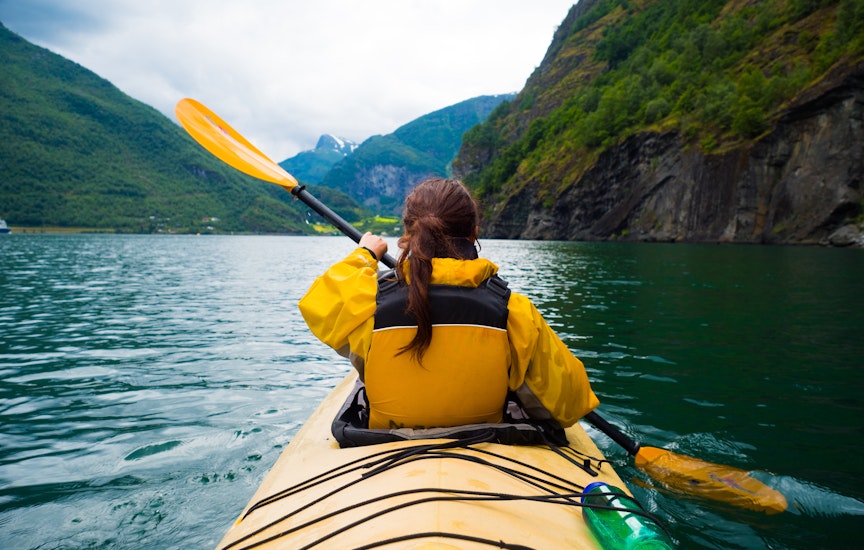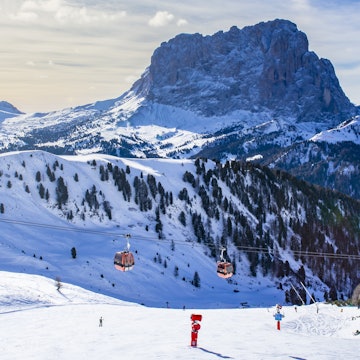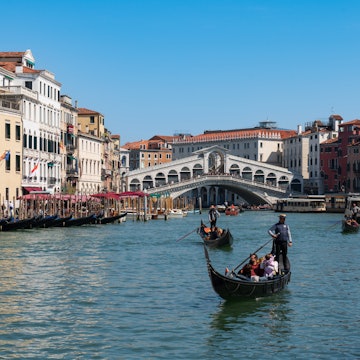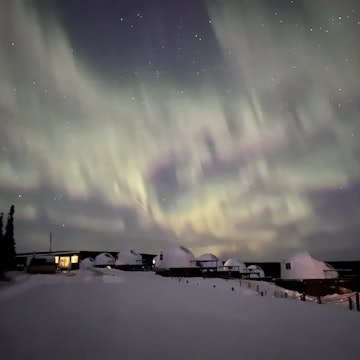
The 6 best things to do in Stavanger and the Lysefjord, Norway
Jul 28, 2025 • 8 min read
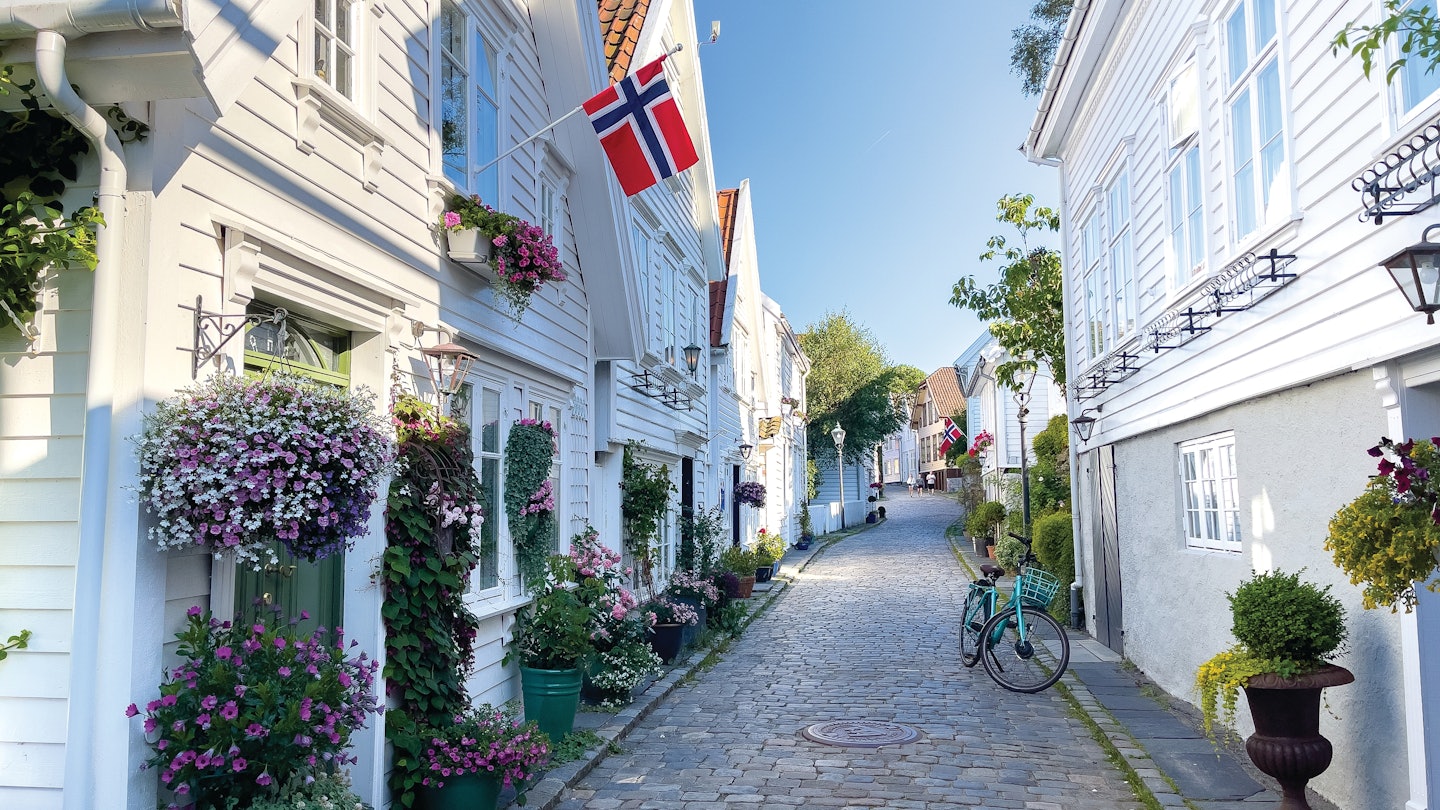
Whitewashed buildings in Gamle (Old) Stavanger, Norway. Mathilde Oord/Shutterstock
Perched at Norway’s southwestern tip, Stavanger is a city with attitude – a confident hub that combines its role as the country’s oil capital with a pretty harborside setting, an impressive portfolio of museums and a delightful old quarter.
The compact town center is best explored on foot – whenever you need to refuel, you can take advantage of the city’s embarrassment of riches when it comes to restaurants (a perk of oil money). Yes, it can be expensive here, even by Norwegian standards, but Stavanger is also the archetype of a prosperous Scandinavian city that really knows how to have a good time.
More than that, Stavanger is the gateway to the spectacular Lysefjord, one of southern Norway’s most dramatic fjords, which offers unforgettable experiences that can be easily explored on day trips from the city.
Whether you come in the mild summer or the frosty winter, here are the best things to do in and around Stavanger, Norway.
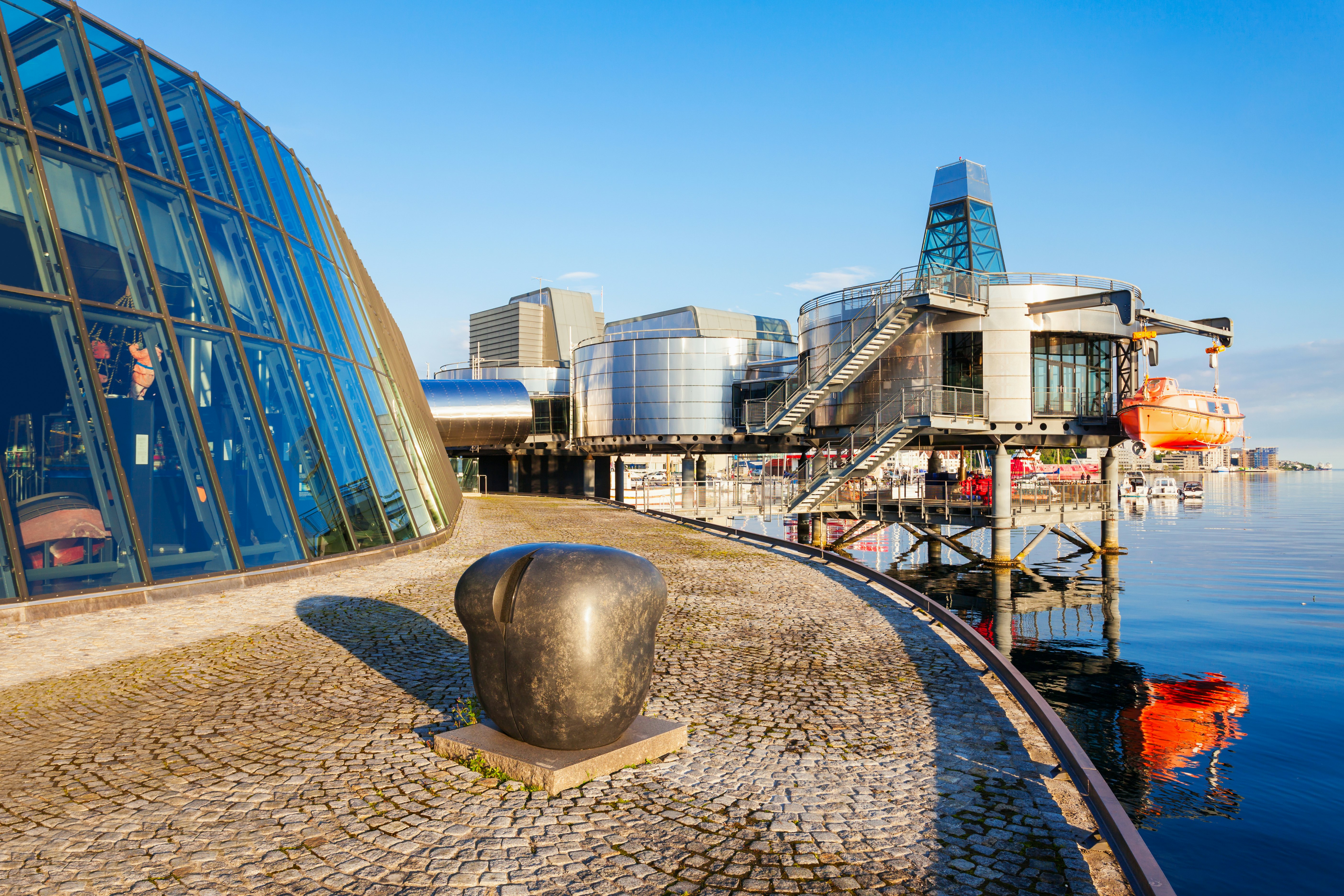
1. Learn all about the oil industry at one of Norway’s best museums
Stavanger is the home port of Equinor (formerly Statoil), Norway’s largest oil company. At the end of their shifts on the drilling platforms offshore, oil workers flock to the city for some R&R – and to spend their earnings.
Norway’s oil story is told in fascinating detail at the Norsk Oljemuseum, arguably the best museum in all of Norway. Highlights include the world’s largest drill bit, simulated oil rigs, a vast hall of oil-platform models, and displays on the Alexander L Kielland drilling-rig tragedy in 1980, in which 123 oil workers were killed. Count on spending at least a couple of hours at this fantastic institution.
Norway is the world’s 11th-largest oil producer, and the museum doesn’t shrink from the implications of that ranking, with several exhibits devoted to climate change. The understated, thoughtful 14-minute film Oljeunge (Oil Kid) lends a human face to Norway’s struggle to reconcile the contradictions between the prosperity the oil industry has brought to cities such as Stavanger, and growing awareness of fossil fuels’ negative environmental impact.
Detour: Another gem for visitors, exploring a past pillar of the local economy, the excellent Canning Museum is all about the humble sardine.
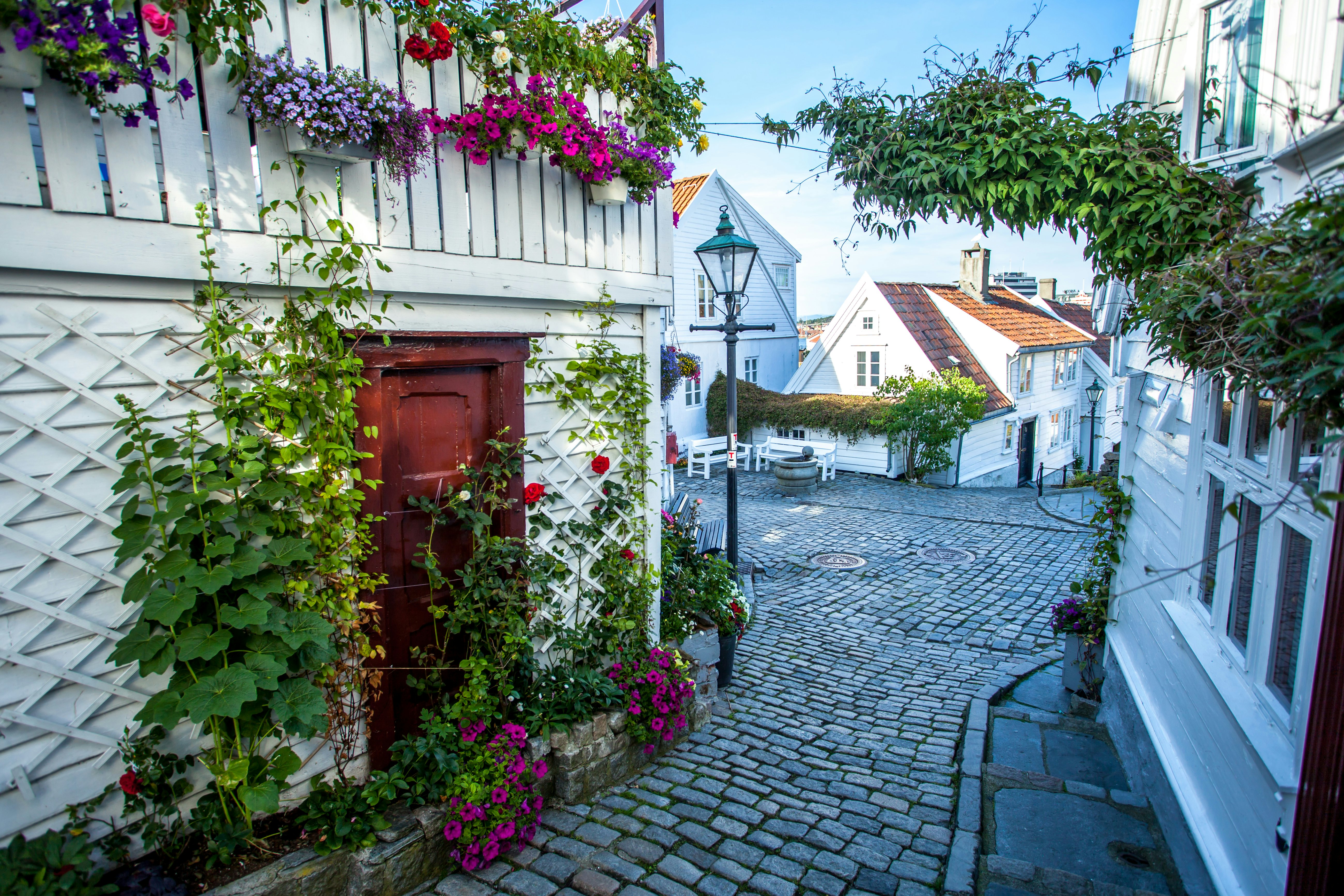
2. Take in the cobblestone streets and white-wood houses of Old Stavanger
There’s something charming – even magical – about Gamle (Old) Stavanger, the city’s intimate historic quarter, which spills behind the modern buildings along the western shore of the harbor. Dating to the late 18th century, whitewashed wooden houses – all immaculately kept and adorned with cheerful, well-tended flower boxes – crowd its cobblestone lanes.
While most are private residential buildings, you’ll also find a few silversmiths and potters, and even the occasional cafe (Frk.Krag Kafé is a cozy refreshment stop). Stunning photo opportunities beckon between the buildings and through the trees at the old quarter’s northern end. It’s a contemplative counterpoint to the occasional brashness of the prosperous modern oil city that lies beyond this precinct.
On a hill above the innermost (southern) point of the harbor, stone-built Stavanger Domkirke is the oldest medieval cathedral in Norway that still retains its original form. First built in 1125 and restored after a fire in 1272, the church is a fascinating blend of Gothic, baroque, Romanesque and Anglo-Norman influences.
A little further afield, the opulent late-19th-century manor house of Breidablikk, and the royal summer residence at Ledaal, built between 1799 and 1803, are also worth exploring.
Planning tip: If you’re driving into Stavanger, try to find a hotel with its own parking – the city’s parking garages can cost from 240kr (US$24) to more than 300kr (US$30) per day. Unless you’re on a day excursion from Lysefjord, you’re unlikely to need a car in town.

3. Eat at some of the best restaurants in Norway
Stavanger is one of the best places to eat in all of Norway. Begin at Torget Fish Market, with a deli section spanning ready-to-eat shrimps and smoked salmon, as well as an upmarket dine-in restaurant next door.
One of Stavanger’s most exciting places to dine, Restaurant SÖL has a commitment to sustainability, natural wines and local, seasonal produce and expert cooking. Tango, above the southern end of the harbor, is another brilliant choice in a similar vein.
The flagship restaurant of Michelin-lauded chef Sven Erik Renaa, RE-NAA has just a handful of tables, so you'll need to reserve well ahead. Renaa takes his cues from both place and season – fish, seafood, meat and game are combined with microherbs, foraged ingredients and edible flowers. You can also enjoy Renaa’s culinary creativity at a lower price point at cafe-style Sirkus Renaa Sølvberget.
Planning tip: Stavanger’s role as one of Norway’s foremost culinary destinations is confirmed every June and into July, when Gladmat, one of Scandinavia’s biggest food festivals, takes over town. Expect cooking demonstrations and lots of special menus in Stavanger's restaurants.
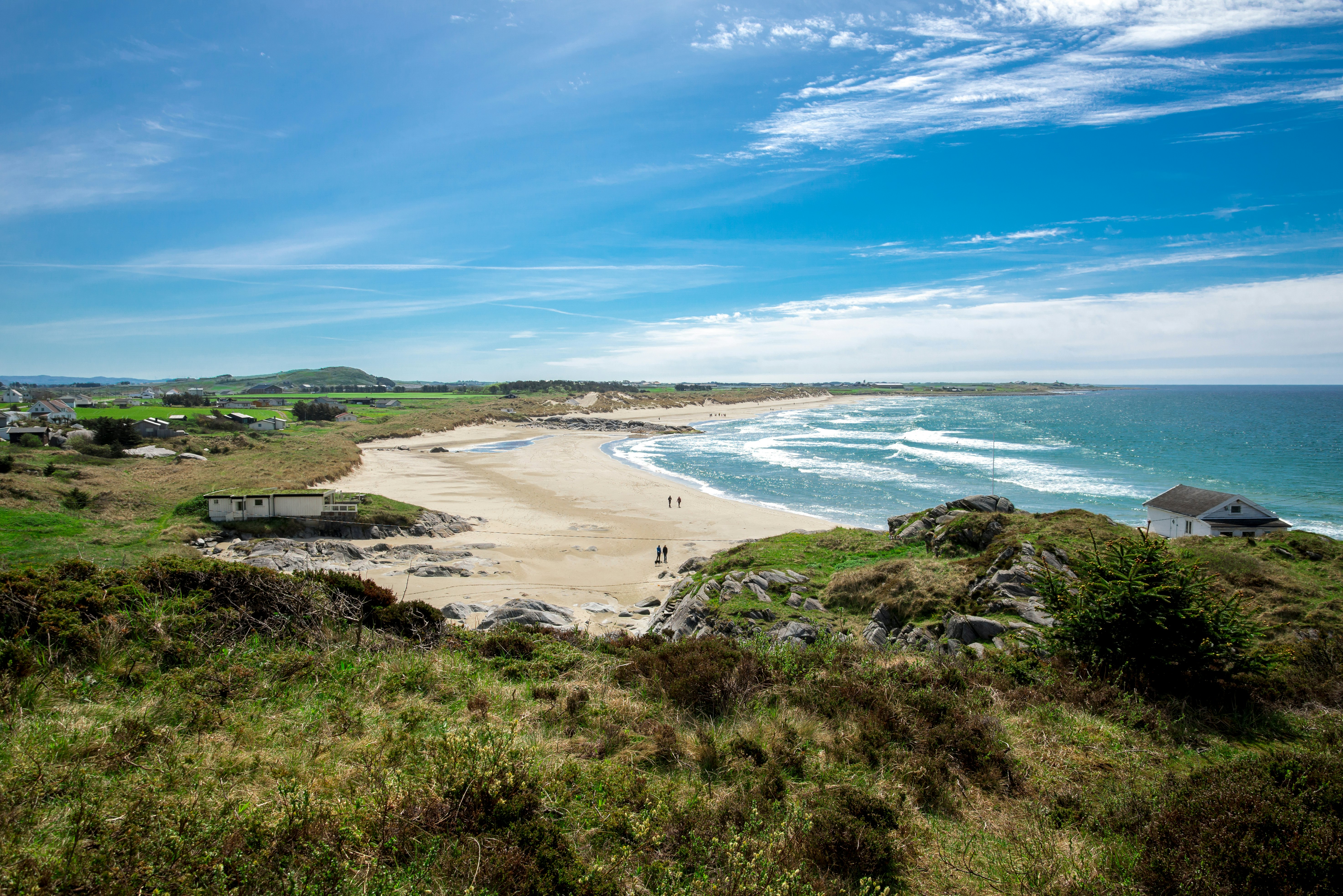
4. Head south for lovely beaches
Stavanger isn’t known internationally for its beaches, but that's partly because locals like to keep the best spots for themselves (though the intense weather may also have something to do with it). If you visit in summer, a 20-minute drive south of the city center will deliver you to a series of soft-sand beaches that stretch down the coast.
Backed by seagrass-spiked dunes and dotted with wooden holiday shacks, these strands are incredibly atmospheric, even if some beaches are a little exposed if the wind picks up. The beach at Sola sits right near the airport and has parking and a kiosk, along with the historic Sola Strand Hotel, which dates from 1914. A little further south, Hellestø and Bybergsanden are quiet and picturesque, perfect for a long barefoot walk and a frolic in the shallows.
Insider tip: Less lovely but far more convenient to the center of town, Godalen is a small fjord-fronting beach in a city park that's a favorite hangout for locals. To get here, take the number 13 bus from the train station.
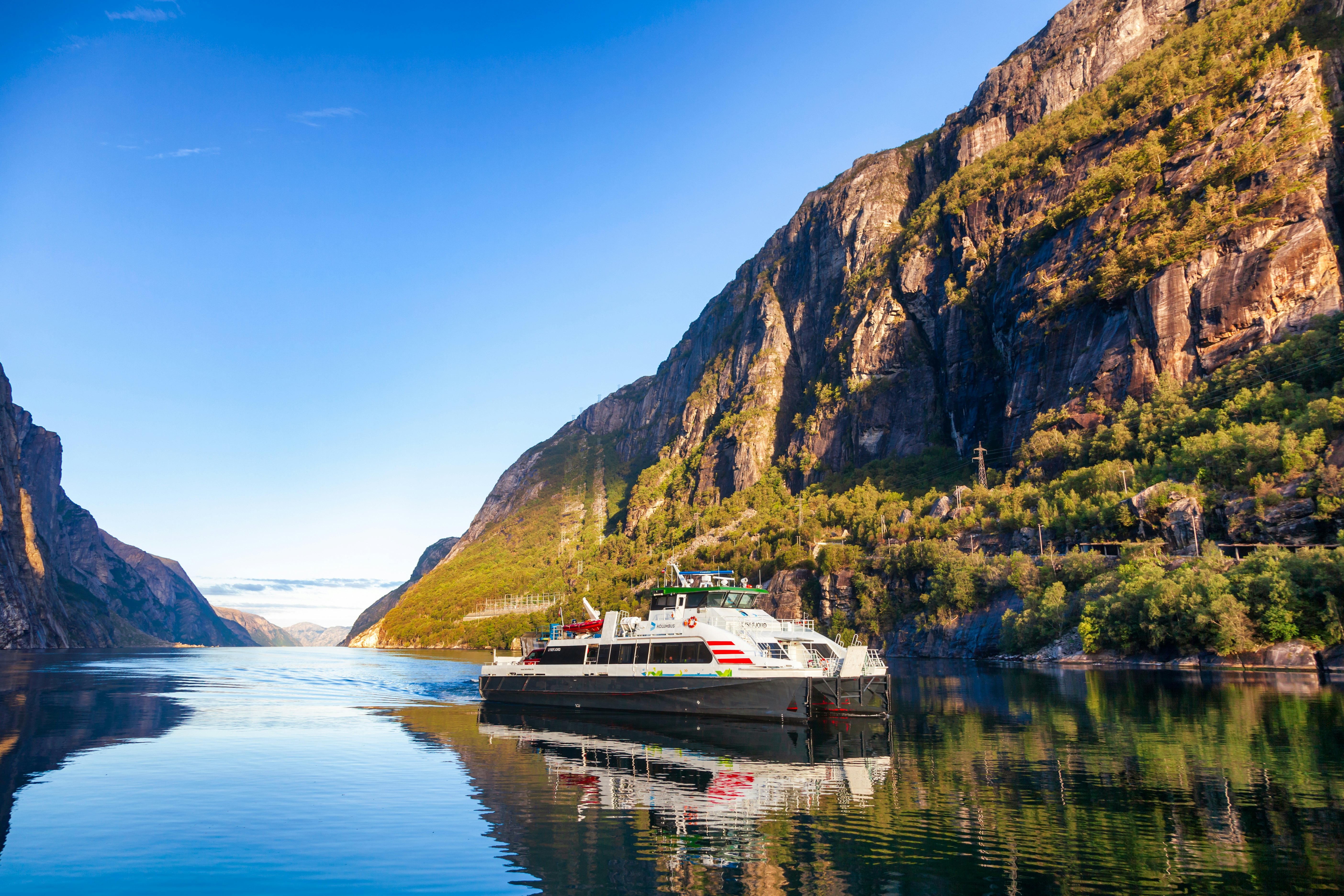
5. Take a day cruise in the Fjord of Light
Lovely Lysefjord takes its name from the Norwegian word lys, meaning "light" – a reference to the pale rock faces of the mountains that line the fjord. It’s a perfect day-trip destination from Stavanger, with three-hour sightseeing cruises departing from Strandkaien pier year-round. Numerous companies offer tours, including the excellent Rødne Fjord Cruises.
Heading out of Stavanger's harbor, cruise boats pass under the Stavanger City Bridge and weave past islands and coastal villages as you travel east and then southeast to the mouth of the Lysefjord. Entering the fjord, you'll sail under another dramatic bridge, Lysefjordbrua, then cruise alongside steep, rocky shores with gravity-defying trees and bushes clinging onto the slopes for dear life.
Here and there, the captain will navigate the boat into narrow inlets, close to tumbling waterfalls and right up to the rockface beneath high cliffs, including the iconic Preikestolen (Pulpit Rock), which juts out directly above the fjord. You'll also draw near to Vagabonds’ Cave and the Hengjane waterfall for photo opportunities.
If you prefer a faster ride, RIB boat safaris with Lysefjord Safari depart from Strandkaien and last about two hours. For more leisurely exploration, Nordic Paddling runs half-day and multiday kayaking trips departing from near Forsand.
Detour: One of southwestern Norway’s most iconic sights, Kjeragbolten is a massive boulder wedged between two towering rock walls, 984m (3330ft) above the Lysefjord. Standing atop Kjeragbolten is a thrill and not for the fainthearted.
To reach the site, count on a tough 10km (6.2-mile) round-trip hike from Øygardstølen Cafe high above Lysebotn; allow at least five hours, in addition to the 2.5-hour drive from Stavanger (the road to the trailhead is open from late May through October).
En route, there are three steep ascents and a total elevation gain of 750m (2460ft). Once there, you need to negotiate an exposed ledge on a 1000m-high (3280ft) cliff, then crawl down onto the rock itself for the ultimate daredevil photo.

6. Savor the grandeur of the Lysefjord from Pulpit Rock
An hour’s drive from Stavanger lies one of Norway’s most photogenic (and photographed) natural attractions. The almost perfectly flat-topped plateau of Preikestolen (Pulpit Rock) rises 604m (1982ft) from the waters of Lysefjord, providing awesome panoramic views.
One of Norway’s best-known rock formations, it’s an irresistible magnet for hikers and Instagrammers. The trail up is moderately challenging but possible for anyone reasonably fit. The addition of stone steps along the steepest sections (which are near the start and around the midpoint) has made the climb a little easier.
There are few clues to the drama up ahead until right near the end. Shortly before you reach Preikestolen, a sheer drop suddenly opens up on your left, revealing vertiginous views down to the bottom of the fjord. Even on a cloudy day, the light can have an ethereal quality that is unique to this fjord. You might recognize Pulpit Rock from the Tom Cruise movie, Mission: Impossible – Fallout (2018).
Planning tips: The 8km (5-mile) hike to the rock formation starts from the Preikestolen Fjellstue mountain lodge and takes about four hours round trip; guided hikes are easy to arrange. The website Preikestolen365.com is a useful resource, with tips on gauging the likely hiking conditions and crowds.
This article was adapted from Lonely Planet’s Scandinavia guidebook, published in July 2025.





